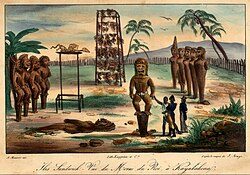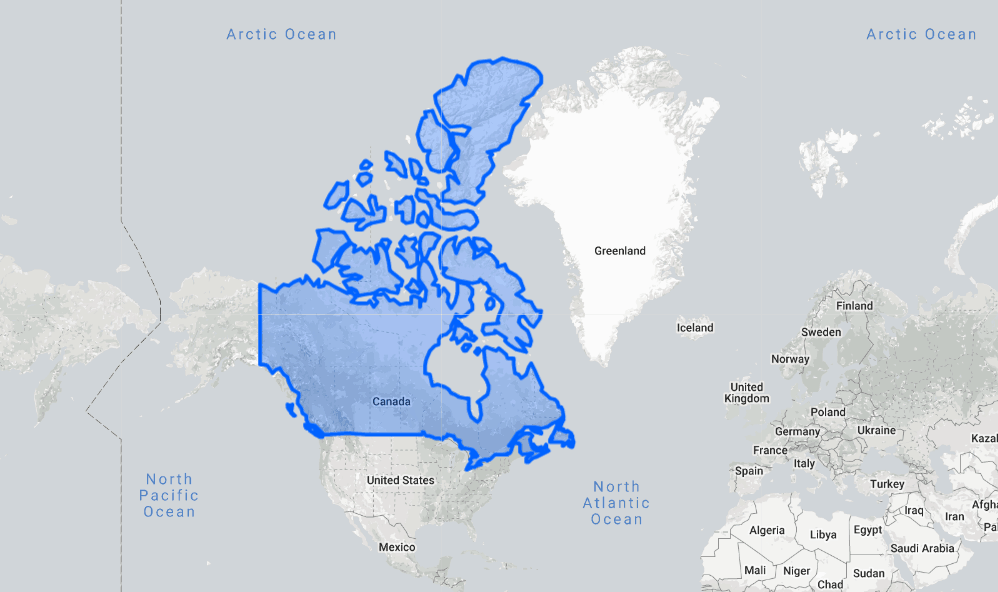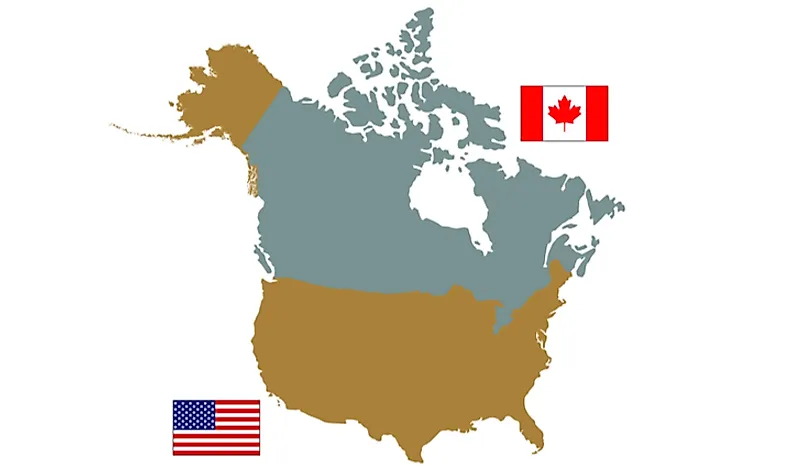Who arrived in America first?
Who Arrived in America First?
When it comes to the question of who arrived in America first, the answer has been a topic of much debate and research over the years. In the 1970s, college students discovered ancient tools in the American Southwest that provided evidence of human settlement thousands of years earlier than previously thought.
These early settlers, known collectively as the Clovis people, are believed to have arrived in America over 13,000 years ago. This discovery pushed back the timeline of human occupation in the Americas and sparked a renewed interest in understanding the origins of the first Americans.
The Clovis Culture
The Clovis people are named after the town of Clovis, New Mexico, where the first evidence of their existence was found. They are known for their distinctive fluted projectile points, which were used for hunting large game such as mammoths and mastodons.
These points are found throughout North America, indicating that the Clovis people were widespread and successful hunters. Their presence in America over 13,000 years ago challenges the prevailing theory that the first humans arrived in the Americas via a land bridge from Siberia around 11,000 years ago.
Further Research and Debate
While the Clovis people were once considered the first inhabitants of America, recent archaeological discoveries have challenged this theory. Sites such as Monte Verde in Chile and Buttermilk Creek in Texas have provided evidence of human settlement dating back over 14,000 years.
These findings suggest that there were multiple waves of migration into the Americas, with different groups of people arriving at different times. This has led to a reevaluation of the timeline of human occupation in the Americas and a greater appreciation for the diversity of early American cultures.
Conclusion
While the question of who arrived in America first may never have a definitive answer, the discovery of the Clovis people and other early settlers has provided new insights into the ancient history of the Americas. By continuing to study and analyze these ancient cultures, we can gain a better understanding of the diverse peoples who called America home thousands of years ago.




